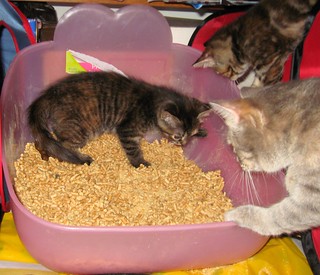 Do you ever consider the dangers of carbon monoxide to pets? One of our Facebook fans recently shared with us a tragic story of 12 pet birds lost to carbon monoxide poisoning. The heartbreaking tale also involved the family dog who, after some time has made a full recovery. This blog post is intended to raise awareness of the dangers of Carbon Monoxide poisoning not just for people, but for the pets we keep as well. Most cases of carbon monoxide toxicity in pets occur, sadly, due to human error, and the results can be devastating. A dog left in an enclosed garage with a running automobile, for example, can be exposed to toxic levels of carbon monoxide in about ten minutes. But animals may also exposed to toxic levels of carbon monoxide when they are trapped in a building that is on fire, or when a slow leak from a heating system amongst other causes. It’s important to make yourself familiar with easy ways to prevent exposure, as well as a course of action should evacuation or medical attention be necessary.
Do you ever consider the dangers of carbon monoxide to pets? One of our Facebook fans recently shared with us a tragic story of 12 pet birds lost to carbon monoxide poisoning. The heartbreaking tale also involved the family dog who, after some time has made a full recovery. This blog post is intended to raise awareness of the dangers of Carbon Monoxide poisoning not just for people, but for the pets we keep as well. Most cases of carbon monoxide toxicity in pets occur, sadly, due to human error, and the results can be devastating. A dog left in an enclosed garage with a running automobile, for example, can be exposed to toxic levels of carbon monoxide in about ten minutes. But animals may also exposed to toxic levels of carbon monoxide when they are trapped in a building that is on fire, or when a slow leak from a heating system amongst other causes. It’s important to make yourself familiar with easy ways to prevent exposure, as well as a course of action should evacuation or medical attention be necessary.
What is Carbon Monoxide?
Carbon monoxide is an odorless, colorless, non-irritating gas produced by the incomplete combustion of carbon fuels. It is potentially toxic and may even cause death. Carbon monoxide may be produced by unventilated kerosene or propane heaters, gasoline engines, automobile exhaust, or fumes from carbon-based fuel heating systems. When inhaled, Carbon Monoxide gas is readily absorbed into the bloodstream, combining with hemoglobin and rapidly reducing oxygen delivery to the body,leading to decreased oxygen to the brain and heart. Prolonged exposure to carbon monoxide leads to hypoxemia (critically low blood oxygen levels) and eventually death.
What are the signs and symptoms of Carbon Monoxide poisoning?
Depending upon the concentration and duration of exposure of carbon monoxide, the symptoms may manifest quickly, or gradually over a period of prolonged exposure. Some pets, such as birds, are more sensitive to Carbon Monoxide levels and relatively small exposure may prove detrimental. Acute behavioral and physical symptoms include:
•Sleepiness
•Weakness
•Lethargy
•Labored breathing
•Seizures
•Depression
•Deafness
•Erratic movements
•Coma
Pregnant animals, especially those in late gestation, may abort their babies pre term. Examination of your pet’s skin and mucous membranes such as nostrils, ears, genitals may show bright red coloration, though this symptom may not be apparent on most pets.
Consistant exposure to lower levels of carbon monoxide include flu like symptoms like nausea, vomiting, aches, weakness and loss of stamina. Blood acidosis is also a side effect.
Diagnosis and Treatment
 Carbon monoxide is life-threatening and treatment will require immediate veterinary attention. If you know or suspect that your pet is suffering from carbon monoxide toxicity, the first step is to move your pets away from the source of the carbon monoxide to a place where they can breathe fresh air. As soon as possible, transport them to the vet for oxygen therapy and fluids. The oxygen will remove the carbon monoxide from the blood, bringing your pet’s oxygen levels back to normal. Your vet will also collect blood samples for a complete blood count and biochemistry, as establishing the levels of carbon monoxide, carboxyhemoglobin and acids in the blood will dictate the initial treatment plan and continued treatment. Urinalysis and other applicable body fluid tests may also be performed. In some cases, your veterinarian may perform an electrocardiogram (ECG) to determine if your pet’s heart function has also been affected.
Carbon monoxide is life-threatening and treatment will require immediate veterinary attention. If you know or suspect that your pet is suffering from carbon monoxide toxicity, the first step is to move your pets away from the source of the carbon monoxide to a place where they can breathe fresh air. As soon as possible, transport them to the vet for oxygen therapy and fluids. The oxygen will remove the carbon monoxide from the blood, bringing your pet’s oxygen levels back to normal. Your vet will also collect blood samples for a complete blood count and biochemistry, as establishing the levels of carbon monoxide, carboxyhemoglobin and acids in the blood will dictate the initial treatment plan and continued treatment. Urinalysis and other applicable body fluid tests may also be performed. In some cases, your veterinarian may perform an electrocardiogram (ECG) to determine if your pet’s heart function has also been affected.
Your vet will instruct you on extended care. Generally, while your pet is recovering from the carbon monoxide poisoning, activity should be limited for several weeks following the exposure. Shorter walks, limited play and exercise, and a little extra TLC will be required until your pet is fully recovered. Observe your pet closely during recovery for residual signs of nervous system issues, and if you see any anomalies, contact your vet as soon as possible.
Prevention
Obviously, the best course of action is to prevent your pets and the rest of your family from exposure of any detrimental levels of carbon monoxide. Carbon monoxide detectors are the first line of defense against this elusive killer, and should be installed in various areas of your home. Minimize or prevent exposure to carbon monoxide by ensuring that your heating system, water heater and any other gas, oil, or coal burning appliances are serviced annually by a qualified technician. Don’t use generators, charcoal grills or other gasoline or charcoal-burning devices inside your home, basement, or garage or near a window where gasses could accumulate in an enclosed area.
And don’t run a vehicle inside a garage attached, even if you leave the door open, and especially if the garage is attached to your house. Provide adequate ventilation for any fuel powered device and be sure to know what to do should an unfortunate exposure to carbon monoxide should occur.
Carbon Monoxide Poisoning can occur any time of year and is often due to human error. Protect you and your family, including four-footed members through prevention and close attention to potential sources.
White dog sleeping image referenced from wikipedia and originally posted by Eli Duke
 Ever hear that joke about how a group of aliens visits Earth and see us (humans) feeding, bathing, picking up poop, and otherwise caring for our pets and they make the assumption that the dogs and cats are the ones in charge here on Earth? The thing about humor is that its funny because there’s a partial truth in the butt of the joke. Please welcome our guest poster, Brittany West, with an article about how our pets just might train us and not the other way around:
Ever hear that joke about how a group of aliens visits Earth and see us (humans) feeding, bathing, picking up poop, and otherwise caring for our pets and they make the assumption that the dogs and cats are the ones in charge here on Earth? The thing about humor is that its funny because there’s a partial truth in the butt of the joke. Please welcome our guest poster, Brittany West, with an article about how our pets just might train us and not the other way around: That Pet Blog That Pet Place Pet Blog
That Pet Blog That Pet Place Pet Blog


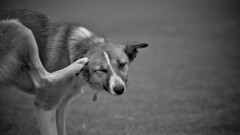



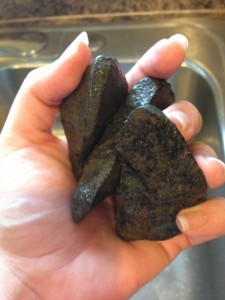
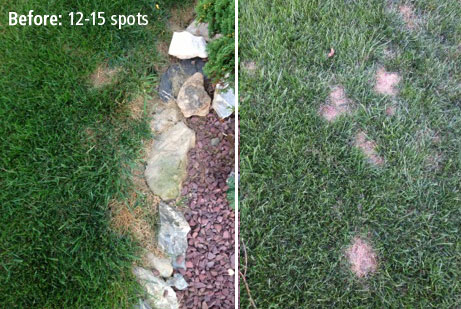
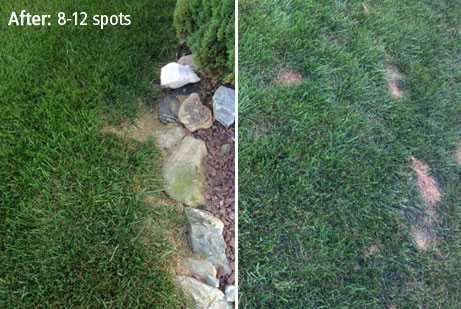
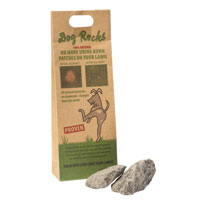


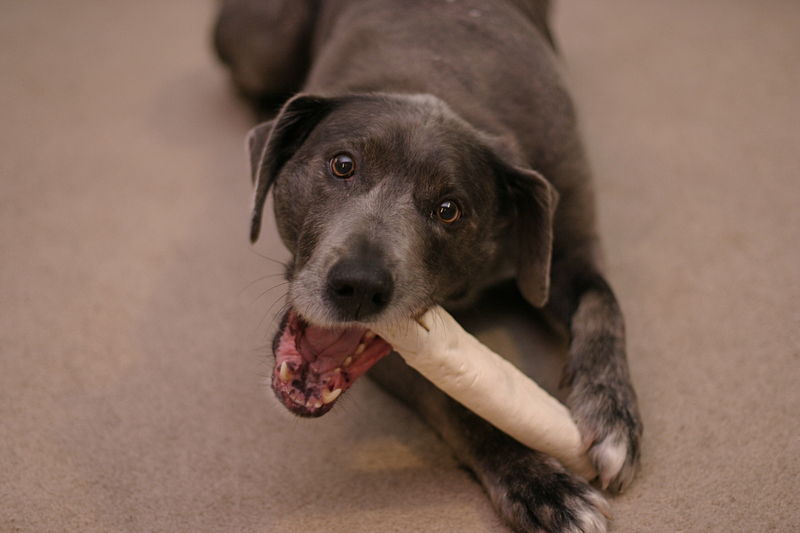
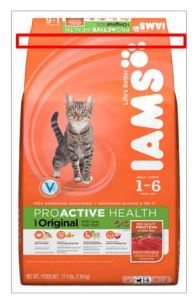 The health and safety of your pets is very important to That Pet Place. We regret to inform you that P&G has announced a limited, voluntary recall of select Iams dry cat & dry dog and Eukanuba dry dog foods because they have the potential to be contaminated with Salmonella. No health effects related to salmonella have been reported on these products. P&G is taking this precautionary step in order to ensure our customers and consumers get the highest level of quality and service. We apologize for the inconvenience this may cause.
The health and safety of your pets is very important to That Pet Place. We regret to inform you that P&G has announced a limited, voluntary recall of select Iams dry cat & dry dog and Eukanuba dry dog foods because they have the potential to be contaminated with Salmonella. No health effects related to salmonella have been reported on these products. P&G is taking this precautionary step in order to ensure our customers and consumers get the highest level of quality and service. We apologize for the inconvenience this may cause. The lot codes of the recalled products include: 3186 4177, 3187 4177, 3188 4177, 3189
The lot codes of the recalled products include: 3186 4177, 3187 4177, 3188 4177, 3189 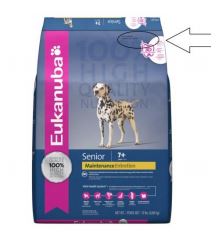 4177, 3190 4177, 3191 4177, 3192 4177, 3193 4177, 3193 4177, 3194 4177, & 3195 4177. The lot code is located on the front or back of the bag at the top of the bag and is the bottom left number.
4177, 3190 4177, 3191 4177, 3192 4177, 3193 4177, 3193 4177, 3194 4177, & 3195 4177. The lot code is located on the front or back of the bag at the top of the bag and is the bottom left number.